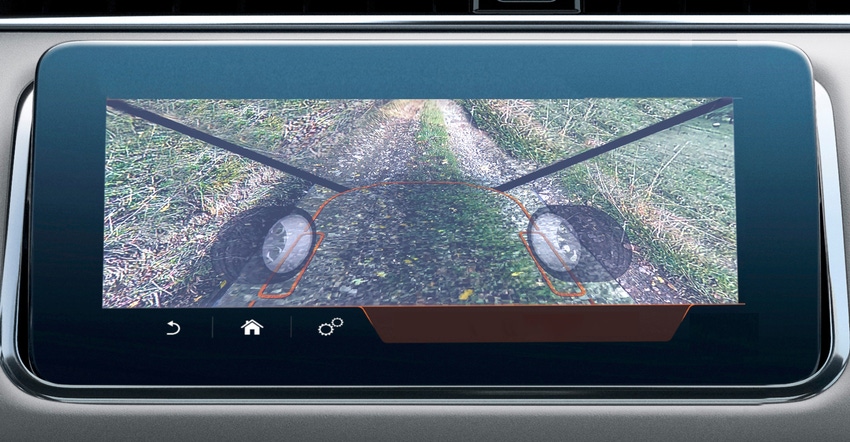April 14, 2020

A visit to one of the biggest tech shows in the world means a journalist returns home with piles of information that need sorting through. The trip I made to the Consumer Electronics Show — now called CES — in January seems like an age ago, but I’m still digging through the buried treasure of information I gleaned from the Vegas extravaganza.
This show has become a mecca for automotive technology, from lidar (light detecting and ranging) systems for “seeing” obstacles to enhanced displays to improve operator experiences. In 2019, Valeo launched a tool that General Motors is now touting as a cool technology — the invisible trailer.
Many of you have seen this commercial where the trailer can “disappear,” and that’s cool tech. It involves attaching a camera to the trailer, which is linked to the in-cab display on the truck. The key is that the representation of the trailer along with the wide-vision camera makes it appear you’re seeing through the trailer.
It’s a fascinating idea, and I’m sure one that novice trailer haulers love when maneuvering; I know I would. But how else could such technology be deployed, and could this have value in agriculture?
The invisible hood
Continental is involved in more than making tires and tracks. The company has a thriving technology arm that is working on a range of tools and technologies. During CES 2020, the company showed a range of displays for the auto industry including the Transparent Hood. The tool earned the company a CES Innovation Award and is an industry first.
The tool displays the area beneath a vehicle to the driver, allowing an easier view of obstacles and terrain. Based on the company’s Surround View system, it uses four cameras and a control unit that delivers images to the vehicle’s display.
The cameras are linked to a control unit that uses an image processing algorithm to show the unique “invisible hood” view.
The company says the tool could help when parking a vehicle. It has value in off-road situations when the hood-line can obstruct a driver’s view. But I ponder its value for agriculture.
What would farmers do if they could call up a display that makes the hood transparent and can show what’s on the ground ahead?
That kind of view could go a long way toward reducing operator fatigue when moving through a field, or transporting equipment down the road. Companies are doing their best to lessen the visibility distance from cab to ground for safety and security — but if the hood was just “gone,” would that help?
There’s no talk of this tech coming to agriculture, but it wouldn’t surprise me if a forward-thinking company engineer from an ag company was having conversations with Continental and even Valeo to enhance the image you get from the camera.
Farmers can already link multiple cameras into their top-end displays when running equipment. Adding image processing to make obstacles disappear only makes sense.
Stay tuned.
About the Author(s)
You May Also Like






